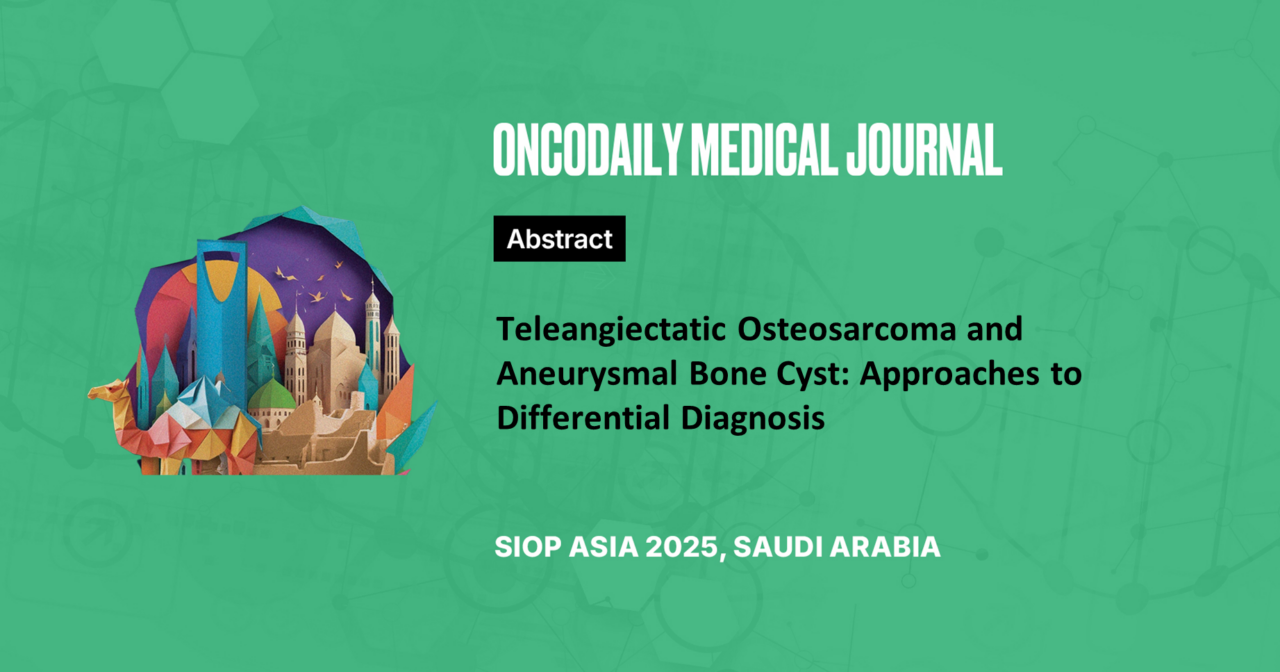Teleangiectatic Osteosarcoma and Aneurysmal Bone Cyst: Approaches to Differential Diagnosis
Abstract
Introduction: Teleangiectatic osteosarcoma (TOS) and aneurysmal bone cyst (ABC) are pathological conditions that may exhibit similar clinical and radiological features, including lytic bone lesions. TOS is an aggressive malignant tumor, while ABC is a benign lesion. Difficulties in the differential diagnosis of these conditions can lead to errors in treatment strategy. The objective of this study is to refine diagnostic criteria for effectively distinguishing between these pathologies. Objective is to identify key clinical, radiological, and histological features that enable the differential diagnosis of teleangiectatic osteosarcoma and aneurysmal bone cyst.
Methodology: The study included 48 patients diagnosed with teleangiectatic osteosarcoma (n=24) or aneurysmal bone cyst (n=24) in Scientific and Practical Medical Center for Pediatric Oncology, Hematology, Immunology. Clinical data, radiographic imaging, MRI findings, and histological results from biopsy samples were analyzed. Radiological studies were performed using high-resolution imaging systems with an evaluation of structural patterns, lesion boundaries, and periosteal reactions. Morphological analysis involved hematoxylin-eosin staining and immunohistochemical studies.
Results: In 83% of cases, TOS was characterized by aggressive bone destruction, indistinct lesion boundaries, and periosteal reactions (e.g., spicules or “Codman’s triangle”). MRI revealed heterogeneous alterations with necrotic regions and contrast enhancement. Histological analysis showed malignant osteoblasts with osteoid production. In 96% of cases, ABC demonstrated well-defined lesion margins and a typical multicystic structure with fluid levels on MRI. Histological examination revealed giant osteoclastic cells, fibrous tissue, and hemosiderin deposits, with no signs of malignancy.
Conclusion: The differential diagnosis of TOS and ABC is based on a combination of clinical, radiological, and morphological data. Distinctive features such as aggressive growth, indistinct boundaries, periosteal reactions, and malignant osteoblasts reliably indicate TOS. Conversely, ABC is characterized by well-defined margins and benign cellular composition. A comprehensive diagnostic approach ensures an accurate choice of treatment strategy, which is critical for improving patient outcomes.





